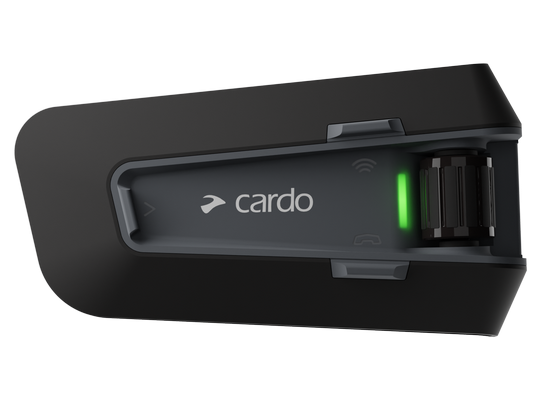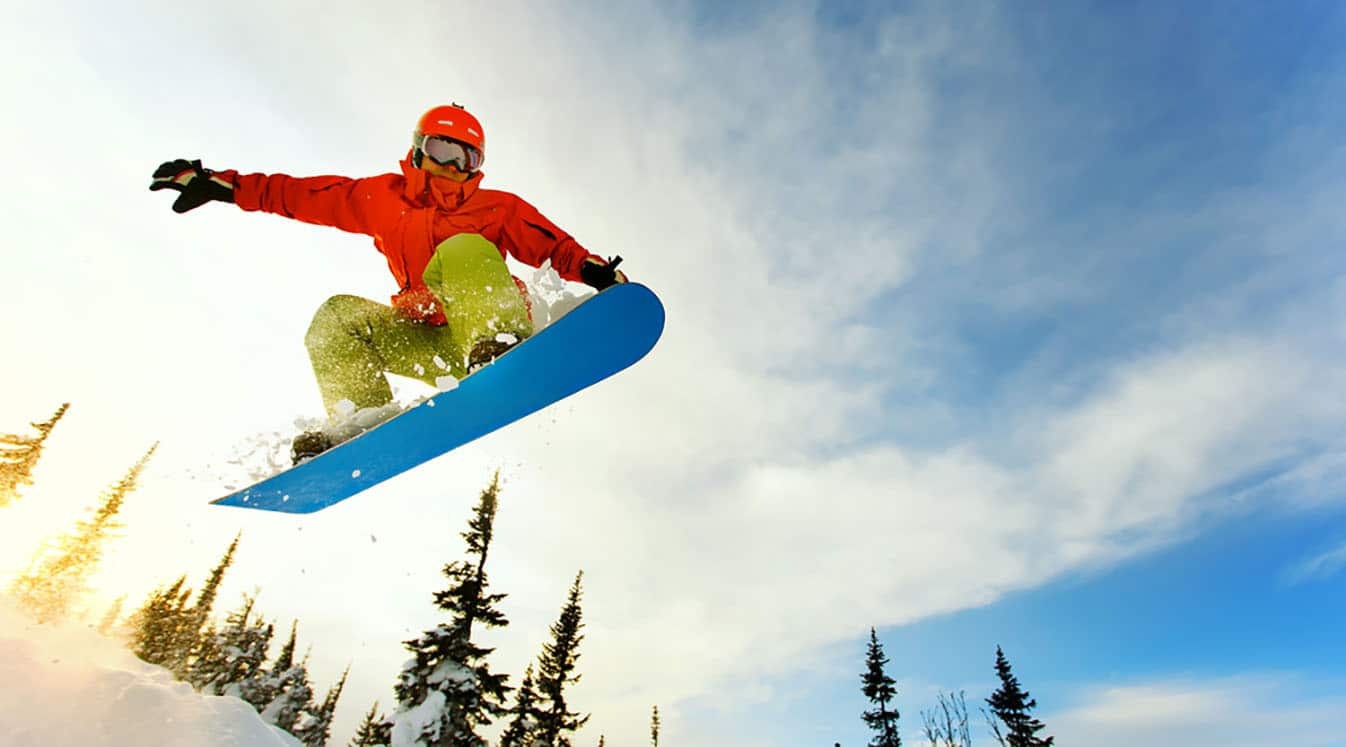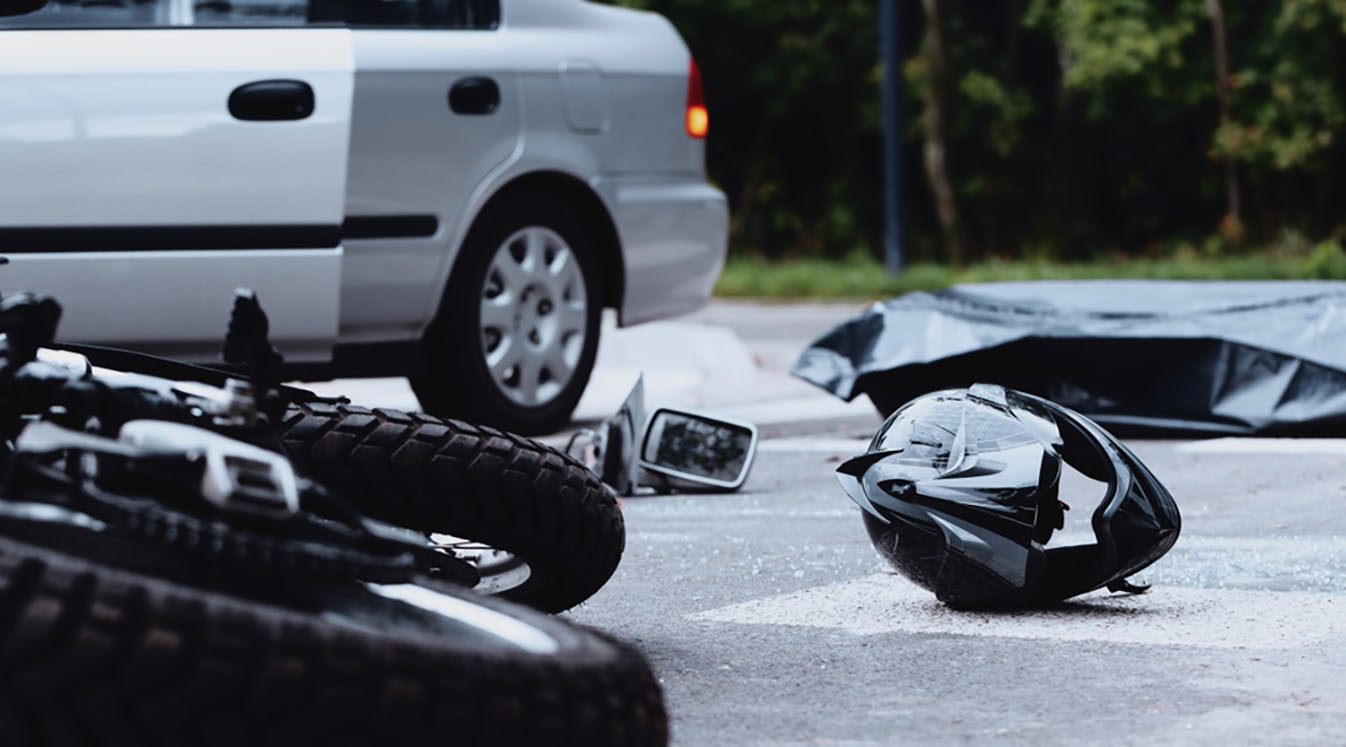If you’re thinking about taking up snowboarding, you’re probably wondering how much gear you need to get started. Aside from the actual snowboard, you’ll need other items and equipment to make it through your first run on the slopes, including warm layers, waterproof active gear and safety equipment to decrease the chance of injury. So, what does it really take to start snowboarding? Use this guide to start off on the right foot.
Add Helmet Communication to Access Your Phone on the Trail
Snowboard and Bindings
You’ll need to either purchase or rent a snowboard from the local resort or winter sporting goods store. The board should be the right size for your body with included bindings that suit the size of your feet. If you’re not sure what size you should use, talk to a salesperson or your coach for a recommendation.
Helmet
You should wear a helmet while snowboarding regardless of your experience level. Around 80 percent of snowboarders wear a helmet on the slopes to protect themselves from serious injury. You can wear a full-face or half-face helmet, depending on your preference. A full-face helmet will wrap around your entire head to insulate you from the cold. Be sure to wear goggles in addition to your half-face helmet to protect your eyes from debris flying through the air. Having a full-face helmet can come in handy when the sun is shining. You can use the visor to block the glare from the sun to improve visibility. Try the helmet on before you wear it on the slopes to make sure it fits. Use the adjustable strap to keep it positioned on your head at all times.
Bluetooth Helmet Communication
Pair your helmet with a helmet communication device to stay connected to your companions and your mobile device. Taking your phone out of your pocket may not be an option when you’re trying to keep your balance on the slopes. Use the communicator to access the features of your phone without taking your eyes off the trail. Just speak into the receiver and the device will take care of the rest. Sign up for weather alerts and keep a copy of the map handy to avoid wandering into potentially dangerous areas. The Packtalk Outdoor is the perfect snowboard helmet communication device to connect to everyone in your group. It automatically connects when you are in range to keep you focused on the path ahead.
Use the Packtalk Outdoor to Stay in Sync with Your Group
Waterproof Gear
Nothing will ruin your trip like soggy feet and cold, wet hands. Make sure all your outermost layers are completely waterproof to keep the moisture out of your suit. You will need waterproof gloves, pants, boots, and a jacket to stay safe in the snow. Be sure to use long boots and socks that go up your pants and tuck your sleeves into your gloves to create a proper seal.
Warming Layers
You need to keep your body temperature up when there’s snow on the ground. Start with a moisture-wicking layer and build out your ensemble from there. Each piece of clothing should fit over the one underneath to keep you comfortable in the field. You never know when the weather might take a turn for the worse, so keep plenty of layers nearby in case you get cold.
Sunscreen and Lip Block
The sun can be relentless when you’re cruising through the snow on a sunny day. The white surface magnifies the UV rays of the sun. Keep a bottle of sunscreen handy and apply it to the exposed areas of your skin. The dry winter air can also leave your lips begging for moisture. Use lip balm to hydrate your lips on a cold day.
You can never have too much gear when learning how to snowboard. Even if you don’t end up using all the items on this list, you will be glad you brought them just in case. Use all the recommended protective equipment to stay safe and warm on the slopes. It’s always better to err on the side of caution instead of hoping for the best.








